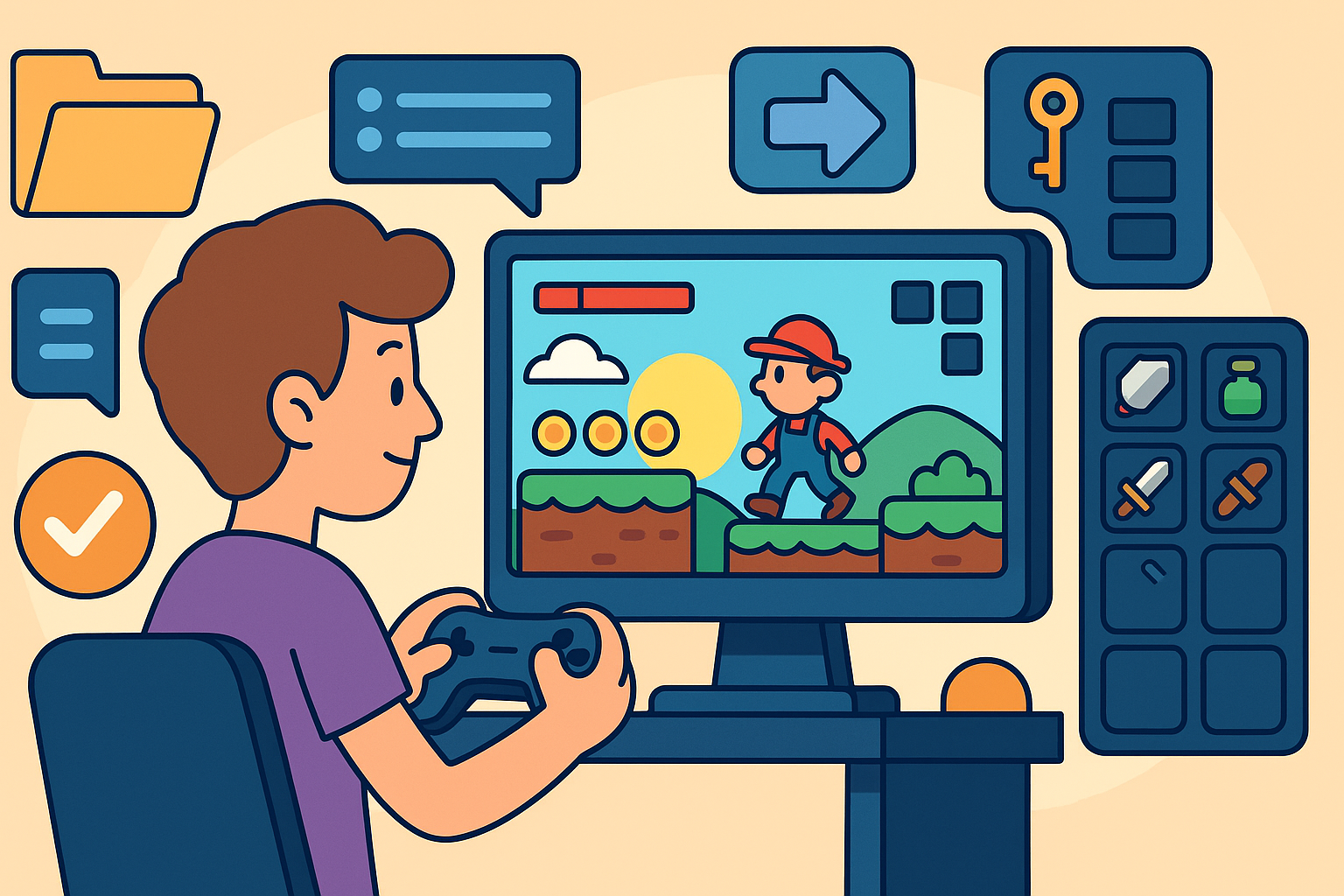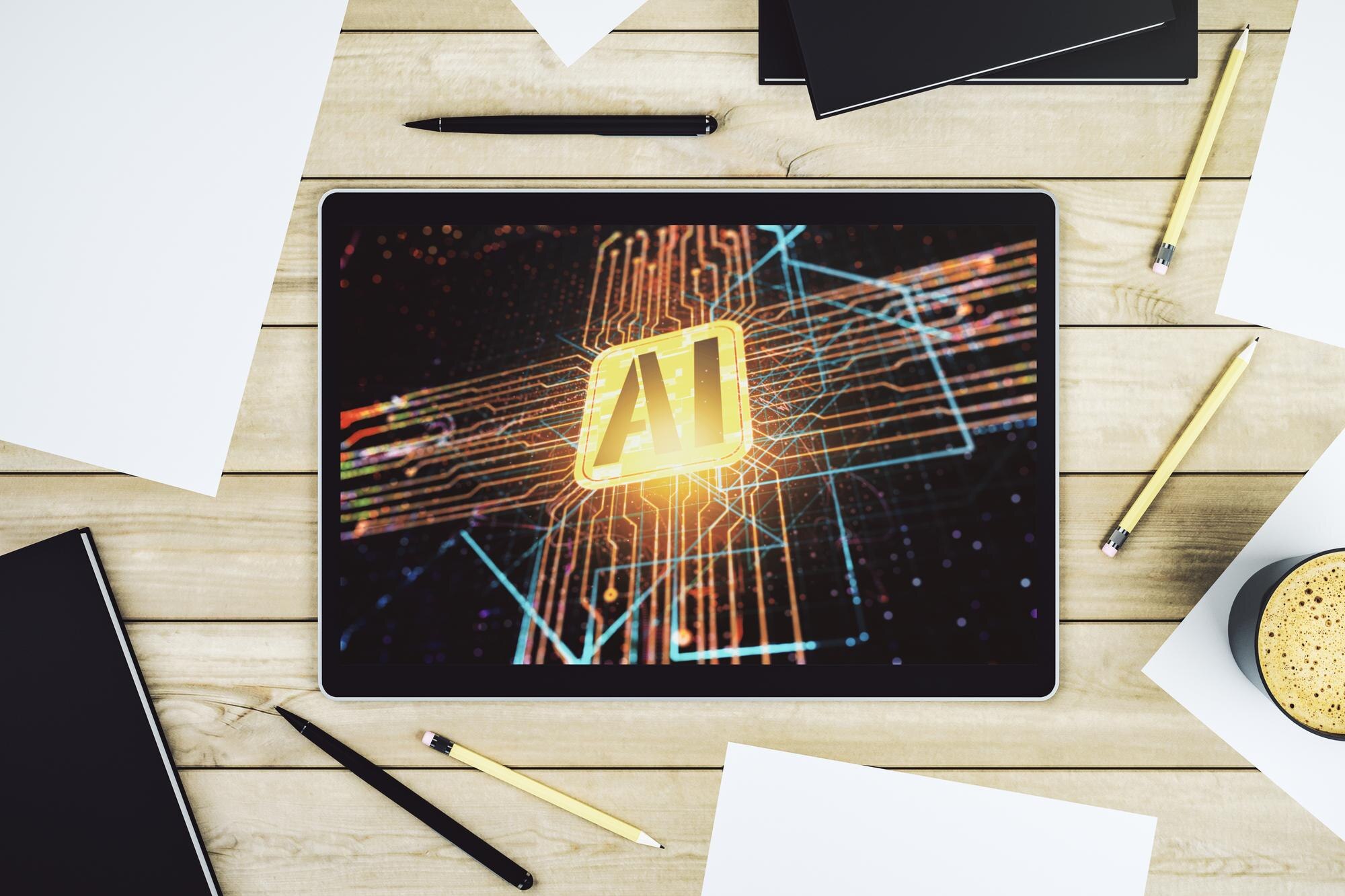
Unlocking Potential: How Game UI Shapes Player Understanding
The digital landscape is increasingly defined by how users interact with complex systems. At its core, the User Interface dictates the ease and effectiveness of engagement. In interactive entertainment, specifically video games, UI transcends mere functionality; it becomes a critical component shaping the entire player journey, guiding every decision and action within the virtual world.
For players, the game UI is their primary lens into the experience. It's the fundamental language through which the game communicates rules, objectives, and available actions. A well-crafted interface ensures this communication is seamless and intuitive, allowing players to focus on the challenge and narrative rather than struggling with navigation or on-screen information.
The profound impact of UI on player comprehension is undeniable. When an interface is clear and purposeful, players instinctively grasp what to do, where to go, and what tools are available. This intuitive understanding minimizes frustration, fosters competence, and deepens immersion, drawing players further into meticulously crafted environments.
However, creating an effective game UI presents numerous design challenges. Developers must balance providing sufficient information without overwhelming, ensuring visual appeal without sacrificing readability, and adapting the interface for diverse playstyles and accessibility needs. It's a complex interplay of aesthetics, psychology, and technical execution.
The connection between UI effectiveness and player engagement is critical. A poorly conceived interface erects barriers, leading to confusion and disinterest. Conversely, a thoughtfully designed UI empowers players, making the experience feel natural and rewarding, encouraging prolonged interaction and exploration. At Hexolvepuz, we prioritize this aspect for superior experiences.
Key Applications of Game UI
- In-Game Heads-Up Display (HUD): Delivers vital real-time data. A clear HUD aids immediate understanding, but excessive elements can quickly clutter the screen and reduce player focus.
- Inventory and Menu Systems: Manages player resources and progression. Intuitive menus empower deep interaction, whereas confusing layouts often lead to player frustration.
- Tutorials and Onboarding Prompts: Guides new players through core mechanics. Essential for a smooth learning curve, yet if too intrusive, they can disrupt the experience.
Perspectives on UI Design Philosophy
Expert opinions on optimal UI design often converge on intuitiveness, yet diverge on application. Some advocate for minimalism, where the UI is largely invisible, letting environmental cues guide the player. This approach believes true immersion comes from the interface receding, allowing natural curiosity to drive understanding.
However, this minimalist ideal faces challenges, especially in complex games. Many argue an overly sparse UI leaves players lost. A robust, intelligently designed interface is essential for clarity, providing immediate access to critical information without constant deduction from subtle environmental changes. 
Accessibility is another crucial UI dimension. Designing for a diverse player base means considering various needs, including adjustable text sizes, color-blind friendly palettes, and customizable controls. The challenge is integrating these features seamlessly without compromising artistic vision or player experience.
The aesthetic debate between skeuomorphism and flat design also influences UI philosophy. Skeuomorphic elements mimic real-world objects, using familiar metaphors for understanding. Flat design, conversely, prioritizes clean lines and abstract iconography for a modern, uncluttered look. The choice reflects the game's overall artistic direction.
Ultimately, a consensus emphasizes the iterative nature of UI development. Interfaces are rarely perfect initially. Designers at Hexolvepuz and across the industry prioritize continuous playtesting, gathering feedback, and incremental refinements. This data-driven approach identifies pain points and optimizes interaction flows, ensuring the UI evolves with player expectations.
Concluding Thoughts on Player Understanding
The User Interface is paramount for comprehensible and engaging game experiences. It serves as the vital conduit connecting players to virtual worlds, transforming complex systems into intuitive interactions. A well-executed UI fosters deep engagement and is truly foundational.
At Hexolvepuz, our commitment to exceptional UI design ensures every interaction feels natural and elevates the overall experience. We believe mastering this craft unlocks the full potential of interactive entertainment for all.
Posted by
Shafiq Marzuki
A well-crafted UI unlocks a player's true capacity for learning.






